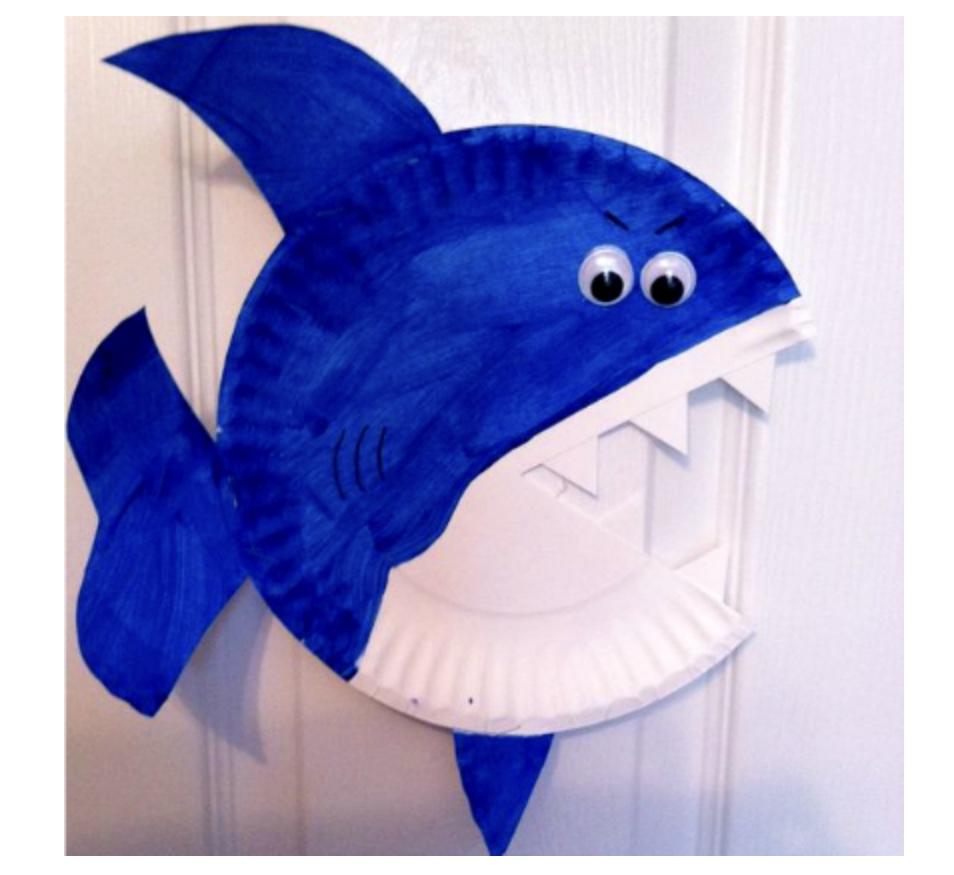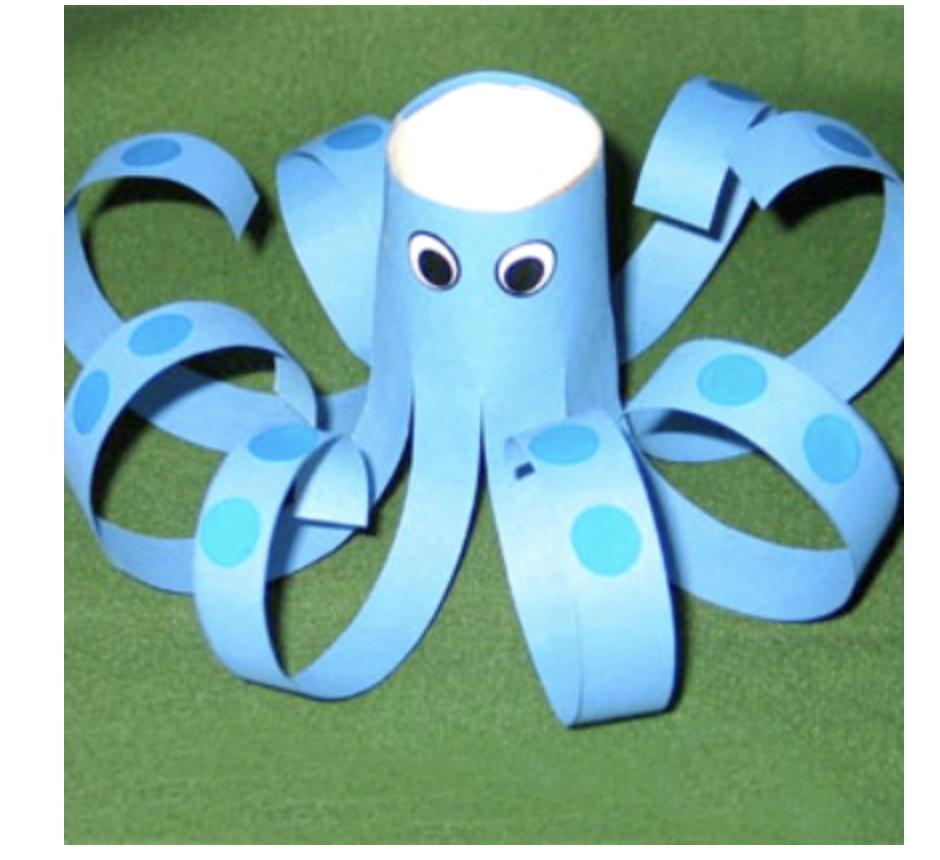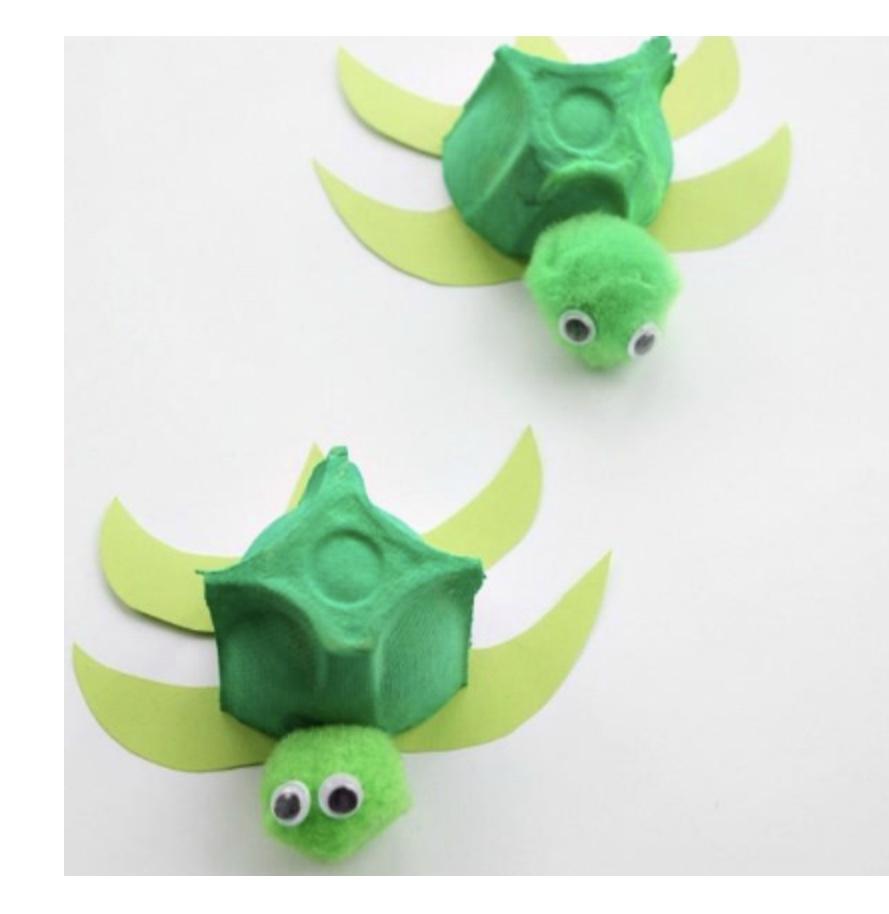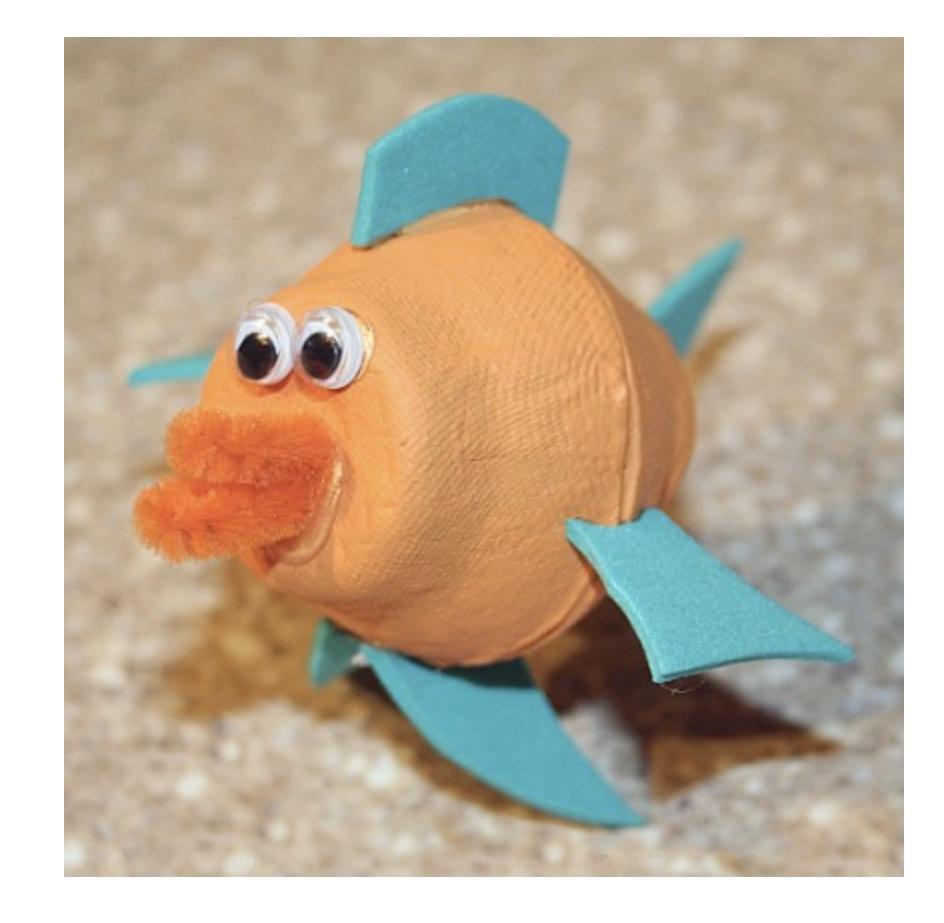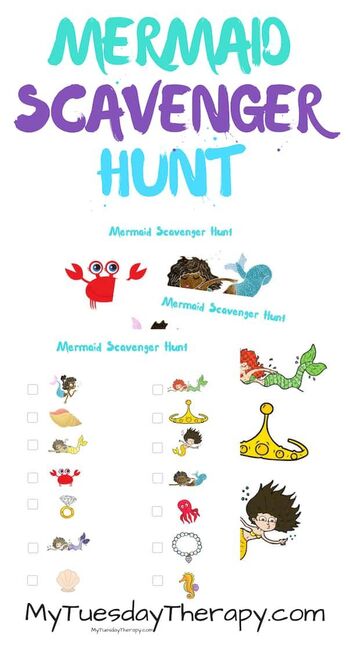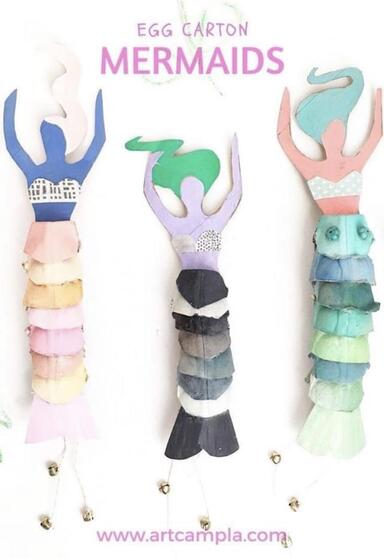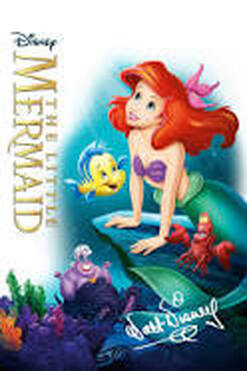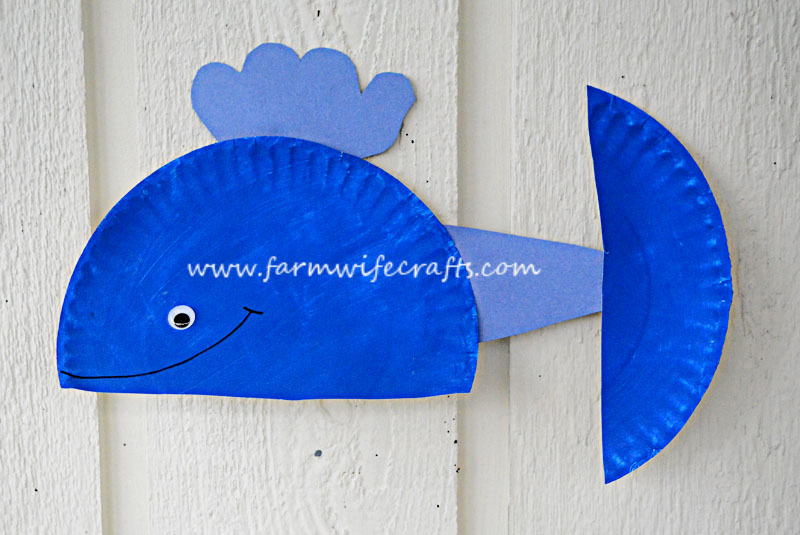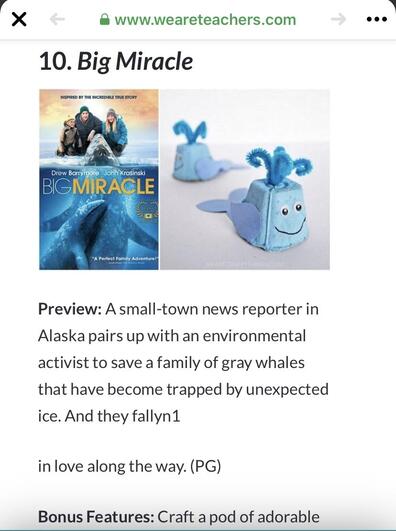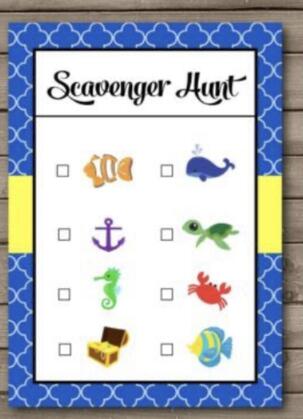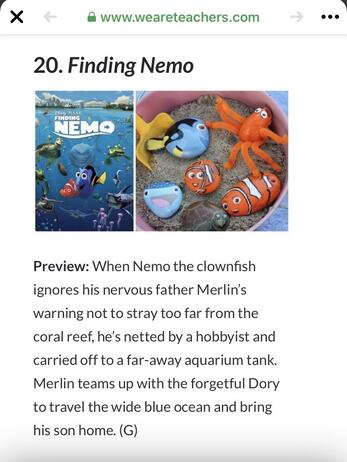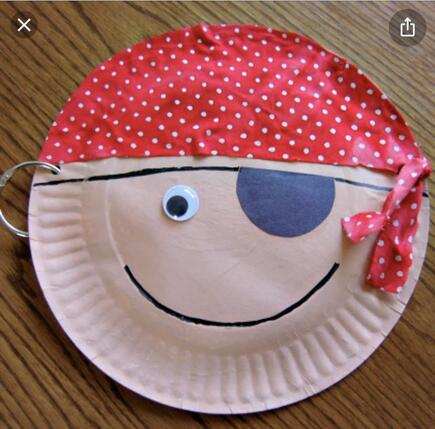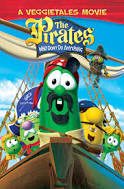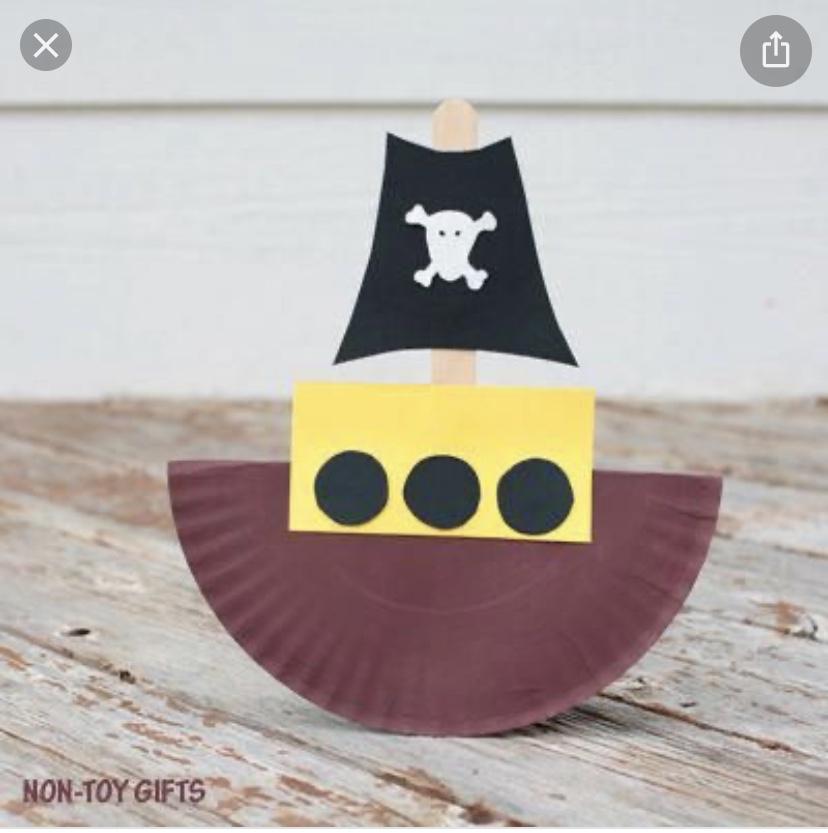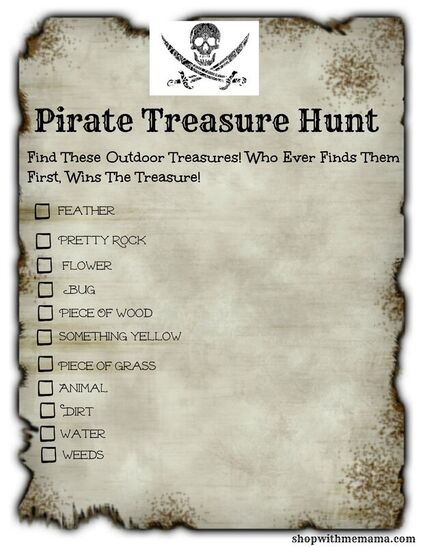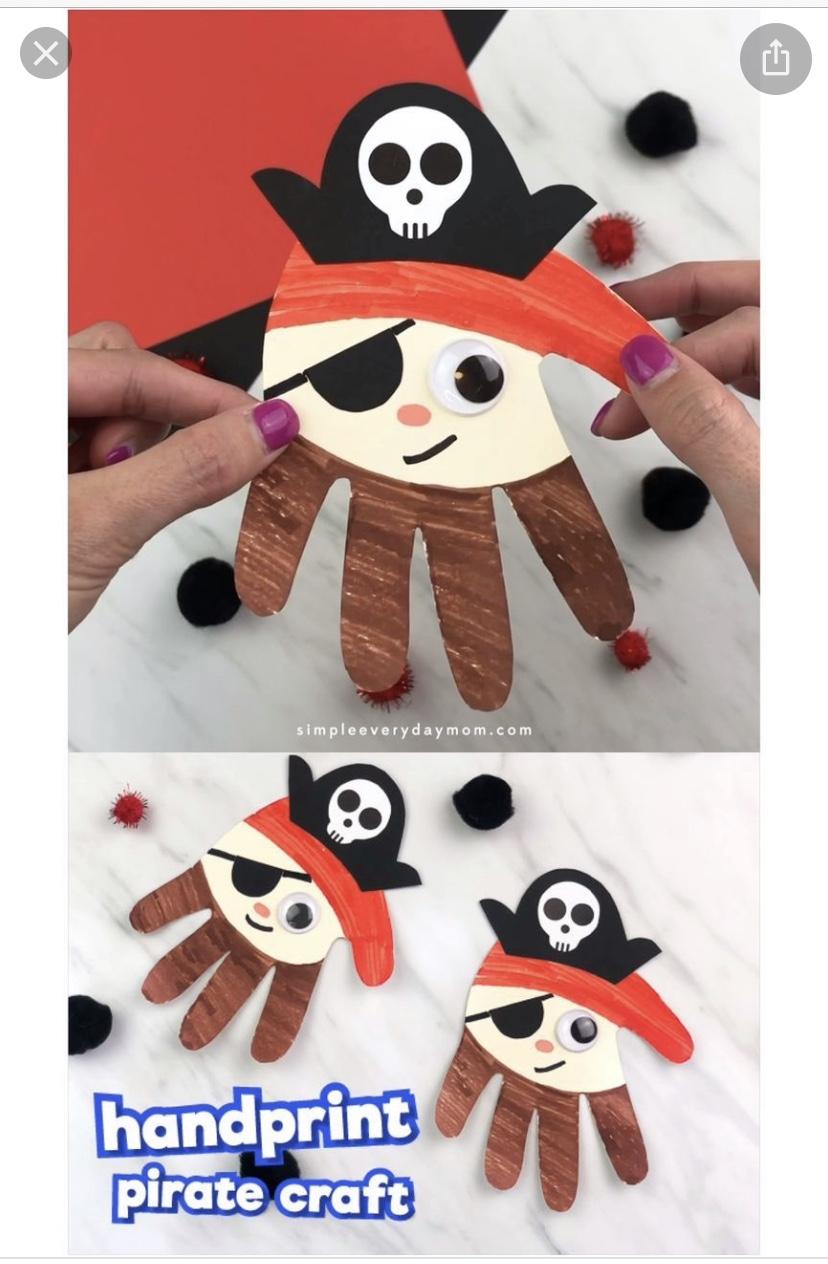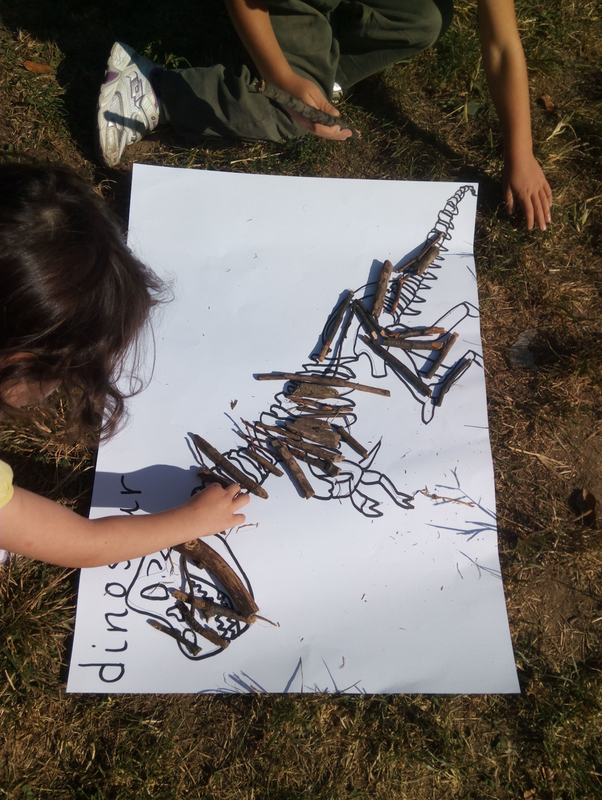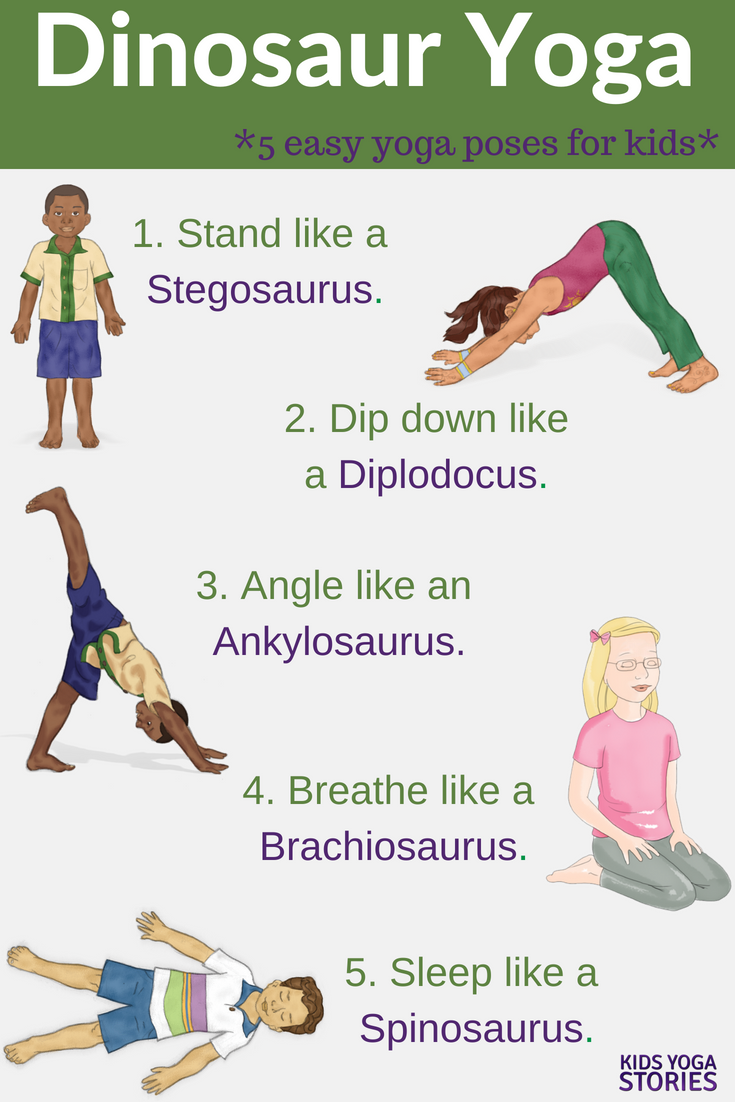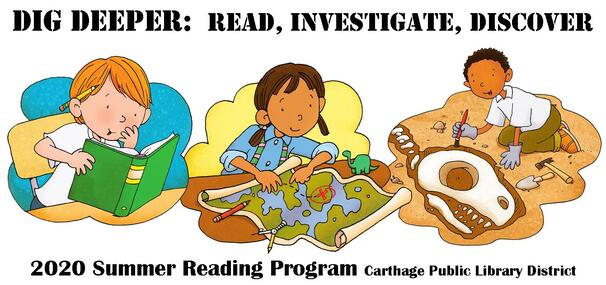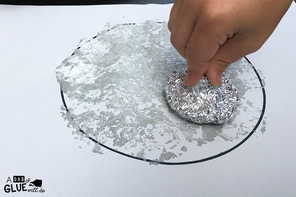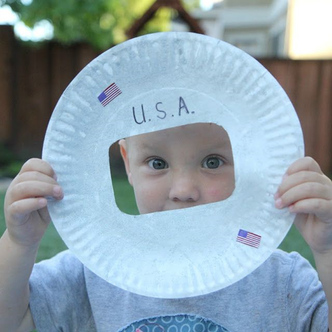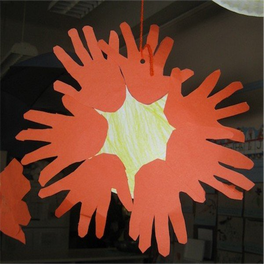Summer Reading Log Programs for all ages from birth - adult
May 17 - July 31, 2020
Thank you to all that participated! Below are the activities we promoted in summer 2020!
Please fill out this form about you/your families summer reading experience!
Oceans Activities
Movies to Watch as a Family paired with Craft Ideas
Enter this Contest! They want to know what you would say if you stepped foot on the moon! https://www.futureengineers.org/nextmoonstep?fbclid=IwAR3BSyY5e3EDuhRHwmEIhMtyhNb_bn_0lb6Yoqb7cApRKJXlYG3s53IAvsM
The First Residents of the Moon & Mars are Today's Students: A Virtual Fireside Chat
https://www.youtube.com/watch?v=CTMhOpdAz3I&feature=youtu.be
https://www.nasa.gov/nasalive They are always recording aboard the space stations check to see what is going on there today!
https://airandspace.si.edu/ Many resources on What is going on in space, and pictures of things taken to space by astronauts!
Learn about the solar system from this song! https://www.youtube.com/watch?v=7t099KIWVVs
Color with NASA! https://www.nasa.gov/feature/langley/color-my-space-with-nasa-coloring-activities-for-young-students/
Pirates!
Babies and toddlers - 2nd grade activities!
Pirate Hook! | https://increations.blogspot.com/2009/04/captain-hook.html
All you need are a paper/styrophone cup, cardboard, glue, scissors and aluminum foil! A black permanent marker or some black paint never hurt either!
Pirate Telescope! | http://www.multiplemummy.com/blog/more-pirate-stuff-a-telescope/
You will need black paint, a place to paint, an empty toilet paper roll, an empty paper towel roll, aluminum foil glue, and press and seal type seran wrap!
Dress like a Pirate |
Make your own eye patch, don a white shirt and black pants/skirt and don't forget your red hankercheif. If you made your own hook or telescope from above make sure to add it! Dress like a Pirate and go looking for doubloons! Or make your own doubloons with our next craft!
https://www.instructables.com/id/Pirate-Treasure-from-Trash-Really/ | Make your own Doubloons!
You will need some aluminum foil, cardboard and tacky glue. Paint and aluminium tape is also suggested but not required! Make sure you have space to dry your project.
Family Treasure hunt! | All ages!
Many opportunities to personalize this. Hide an object and create a treasure map for the rest of your family to follow to find it! OR take a family trip to go Geode Hunting. For smaller children play the hot/cold game and let them know what they are looking for initially (this can be done by taking a picture of the object with your phone) Staff at the library would love to see your personalized treasure maps or clues that you wrote!
Watch a Pirate/ Treasure hunt themed movie: Ask for permission first!
Treasure Island
Tin Tin
The Goonies
Duck Tails Treasure of the Lost Lamp

Pirate Escape - (google doc) created by a librarian from Indianola Public Library in Iowa, used by permission. For grades 2-6?
Follow the clues to find the buried treasure.
Follow the clues to find the buried treasure.
3rd grade-Adult
Curtiousy of Indianola, IA Public Library| https://docs.google.com/forms/d/e/1FAIpQLSdVm7rq_I2nKeO4P2AG2-9DlLM2SRLtFGBbn70jv7Iqsmuqgw/viewform?fbclid=IwAR107aqCMWhRVOR6B9uyWWXWAtX0Pswxx-Qi3Yk7CZ_rqMIteXST5TL9akw
Virtual escape room PIRATE THEMED! Let us know what you think of this idea and how long it took you!
Family Treasure hunt! | All ages!
Many opportunities to personalize this. Hide an object and create a treasure map for the rest of your family to follow to find it! OR take a family trip to go Geode Hunting. For smaller children play the hot/cold game and let them know what they are looking for initially (this can be done by taking a picture of the object with your phone) Staff at the library would love to see your personalized treasure maps or clues that you wrote! TEENS! TAKE THIS UP A NOTCH USING TECHNOLOGY!!! https://teachbesideme.com/pirate-treasure-hunt-map/ (click on the link to see how!) You guys are super creative I can't wait to see what you come up with!
Make Your own Secret Pirate Code! | OR TALK LIKE A PIRATE DAY
Make your own Pirate Code with a friend! use pictures, or computer fonts, write codes to each other! OR Talk like a Pirate Day, spend a few hours talking like a pirates!
Watch a Pirate/ Treasure hunt themed movie: Ask for permission first! Some movies are rated PG-13.
Any of the Pirates of the Caribbean Movies
National Treasure
National Treasure 2
The Goonies
Adventures of Tin Tin
An Indiana Jones movie
Hook
The Hobbit movies
O Brother Where Art Thou
Dinosaur Theme!
Make a Dino Skeleton out of branches/ twigs. Either on your driveway or on a piece of paper! |
Make a Dino out of letters all you need is an imagination paper, scissors and glue! |
Space Theme
Planet Themed
|
Astronaut Themed (k-4)
|
Babies and Toddlers: Continue with your Rubber Ducky Sheet, Call the library to pick up a SPACE BOOK, take your child to look at the stars one night!
|
Foil Painted Moon!
|
Sun Mobile!
|
We would like everyone children and adults to watch at least one video posted below! You can also email us with other Space videos you like.
This is a link to the NASA Gallery of Vidoes: https://www.nasa.gov/multimedia/videogallery/index.html
We recommend The Space flight record video, and The Hubble 30th anniversary Video!
The most recent space shuttle launch. https://www.space.com/spacex-nasa-astronaut-launch-most-amazing-photos.html
How to make Peanut Butter and Jelly in Space https://www.youtube.com/watch?v=Z2szk-NuKWg
How Water behaves in Space https://www.youtube.com/watch?v=H_qPWZbxFl8
Project instructions for Ada Twist, Scientist
Scientific observation and measurement projects - click here to download a pdf version of these projects.
Adapted from p. 27, 58-61 of Ada Twist’s Big Project Book for Stellar Scientists
Written by Andrea Beaty and Illustrated by David Roberts
Published by Abrams Books for Young Readers
Scientific Observation at mealtime
Carefully observe and take detailed notes to describe your meal.
Then draw and label a picture of your food.
Quantify (count or measure) when possible.
Use your senses:
Sight – colors, shapes, size
Smell
Taste – flavors
Touch – textures
Hearing – sounds
Scientific Observation of plants
Sprouting Seeds
Place 4 layers of paper towels in the bottom of a baking pan (if using full-size sheets, use 2 paper towels and fold in half.)
Place 6 seeds each of 2 or 3 different kinds or vegetables or flowers, on the paper towel. Leave about 1 cm of space between each of the seeds, with a slightly large space between the different kinds.
Write down a description of each type of seed.
Cover the seeds with another folded paper towel (2 layers).
Pour 200 ml (about ¾ cup) of water evenly over the top to moisten everything.
One or two times per day, peel back the top layer of the paper towels and observe the seeds. Use a magnifying glass if you have one.
Write down your observations including the date and time. Once you start noticing changes, also draw pictures. Are there any differences between the types of seeds?
Continue checking and recording your observations for at least 15 days. (The seed packet should tell you the expected sprouting time for each type of seed.)
Add water as needed to keep the paper towels moist.
Measuring Plant Growth
Plant seeds in a container or in a garden.
Observe and measure their growth. Record the information and draw pictures.
You may also want to observe and measure any weeds that grow next to your plant.
Design and conduct an Experiment
For an experiment, you need to keep as many conditions equal as possible and only change one variable.
One example would be to observe the effect of light on growing plants.
Plant 2 or 3 seeds of the same kind in dirt in each of 3 different cups and water them to moisten the dirt (if you can use clear cups, you might be able to see the roots.)
Try to use the same amount of dirt in each cup, plant the seeds at the same depth & distance apart, add the same amount of water, etc.
Put one in a sunny window, one in the middle of a room with only indirect lighting, and one in a cupboard with no light.
Water as needed, trying to keep the same level of moisture for the dirt in each cup.
(Question – is measuring and adding the same amount of water to each at the same time the same as keeping the same level of moisture in the dirt? Why or why not? How can you determine the moisture level?)
What do you think will happen with each plant? Record your prediction; your hypothesis.
Check on the seeds once a day and record your observations in words and drawings.
After you end your experiment, if you want the plants to continue to grow you will need to transplant them into a larger container or outside.
Scientific observation and measurement projects - click here to download a pdf version of these projects.
Adapted from p. 27, 58-61 of Ada Twist’s Big Project Book for Stellar Scientists
Written by Andrea Beaty and Illustrated by David Roberts
Published by Abrams Books for Young Readers
Scientific Observation at mealtime
Carefully observe and take detailed notes to describe your meal.
Then draw and label a picture of your food.
Quantify (count or measure) when possible.
Use your senses:
Sight – colors, shapes, size
Smell
Taste – flavors
Touch – textures
Hearing – sounds
Scientific Observation of plants
Sprouting Seeds
Place 4 layers of paper towels in the bottom of a baking pan (if using full-size sheets, use 2 paper towels and fold in half.)
Place 6 seeds each of 2 or 3 different kinds or vegetables or flowers, on the paper towel. Leave about 1 cm of space between each of the seeds, with a slightly large space between the different kinds.
Write down a description of each type of seed.
Cover the seeds with another folded paper towel (2 layers).
Pour 200 ml (about ¾ cup) of water evenly over the top to moisten everything.
One or two times per day, peel back the top layer of the paper towels and observe the seeds. Use a magnifying glass if you have one.
Write down your observations including the date and time. Once you start noticing changes, also draw pictures. Are there any differences between the types of seeds?
Continue checking and recording your observations for at least 15 days. (The seed packet should tell you the expected sprouting time for each type of seed.)
Add water as needed to keep the paper towels moist.
Measuring Plant Growth
Plant seeds in a container or in a garden.
Observe and measure their growth. Record the information and draw pictures.
You may also want to observe and measure any weeds that grow next to your plant.
Design and conduct an Experiment
For an experiment, you need to keep as many conditions equal as possible and only change one variable.
One example would be to observe the effect of light on growing plants.
Plant 2 or 3 seeds of the same kind in dirt in each of 3 different cups and water them to moisten the dirt (if you can use clear cups, you might be able to see the roots.)
Try to use the same amount of dirt in each cup, plant the seeds at the same depth & distance apart, add the same amount of water, etc.
Put one in a sunny window, one in the middle of a room with only indirect lighting, and one in a cupboard with no light.
Water as needed, trying to keep the same level of moisture for the dirt in each cup.
(Question – is measuring and adding the same amount of water to each at the same time the same as keeping the same level of moisture in the dirt? Why or why not? How can you determine the moisture level?)
What do you think will happen with each plant? Record your prediction; your hypothesis.
Check on the seeds once a day and record your observations in words and drawings.
After you end your experiment, if you want the plants to continue to grow you will need to transplant them into a larger container or outside.
Project instructions for Rosie Revere, Engineer
Engineering Challenge - click here to download a pdf version of this challenge.
Adapted from p. 64 & 65 of Rosie Revere’s Big Project Book for Bold Engineers
Written by Andrea Beaty and Illustrated by David Roberts, published by Abrams Books for Young Readers
Build a Nut-Chucker Machine
The problem: In the zoo is an agouti, an animal from Costa Rica, called Trudy. The agouti eats nuts and berries.
However, Trudy does not like the smell of humans. If the zookeeper touches her food or enters her enclosure to feed her, she will not eat. He needs a machine (a nut-chucker) to deliver her food without being touched by people.
Trudy’s enclosure is surrounded by a box hedge with dark, waxy leaves.
The hedge is 12 inches (30 cm) thick and 12 inches (30 cm tall).
The nut-chucker machine must stay on the ground outside of the hedge (so it is not visible over the hedge)
and at least 18 inches (50 cm) from the edge (so Trudy cannot smell the operator).
It must be able to lob the nut up and over the hedge.
No one can touch the nuts. Use a spoon or other tool to load the nut-chucker.
If you don’t have nuts, you may use a marshmallow, a large piece of cereal, or a ping pong ball for testing instead.
(Especially if using food items, be sure to pick up all of the pieces you used during testing.)
Draw a design, build the nut-chucker and test it out. Did it work? If not, keep revising your design.
Hint: What is the name of a machine used in ancient times to hurl rocks or other objects over a fortress wall? You can find instructions on-line for several different ways to build a simple version of one of those, and adapt it to fit these requirements.
Engineering Challenge - click here to download a pdf version of this challenge.
Adapted from p. 64 & 65 of Rosie Revere’s Big Project Book for Bold Engineers
Written by Andrea Beaty and Illustrated by David Roberts, published by Abrams Books for Young Readers
Build a Nut-Chucker Machine
The problem: In the zoo is an agouti, an animal from Costa Rica, called Trudy. The agouti eats nuts and berries.
However, Trudy does not like the smell of humans. If the zookeeper touches her food or enters her enclosure to feed her, she will not eat. He needs a machine (a nut-chucker) to deliver her food without being touched by people.
Trudy’s enclosure is surrounded by a box hedge with dark, waxy leaves.
The hedge is 12 inches (30 cm) thick and 12 inches (30 cm tall).
The nut-chucker machine must stay on the ground outside of the hedge (so it is not visible over the hedge)
and at least 18 inches (50 cm) from the edge (so Trudy cannot smell the operator).
It must be able to lob the nut up and over the hedge.
No one can touch the nuts. Use a spoon or other tool to load the nut-chucker.
If you don’t have nuts, you may use a marshmallow, a large piece of cereal, or a ping pong ball for testing instead.
(Especially if using food items, be sure to pick up all of the pieces you used during testing.)
Draw a design, build the nut-chucker and test it out. Did it work? If not, keep revising your design.
Hint: What is the name of a machine used in ancient times to hurl rocks or other objects over a fortress wall? You can find instructions on-line for several different ways to build a simple version of one of those, and adapt it to fit these requirements.
Project instructions for Iggy Peck, Architect
Architectural Engineering Challenges -- click here to download the pdf of these challenges.
Adapted from p. 30 & 31 of Iggy Peck’s Big Project Book for Amazing Architects
Written by Andrea Beaty and Illustrated by David Roberts
Published by Abrams Books for Young Readers
Spaghetti Bridge:
Set up two stacks of books that are even in height.
Arrange them with a 10 inch space between the stacks.
Using only 20 strands of uncooked spaghetti and 20 mini marshmallows, build a bridge that spans the gap between the stacks of books.
Place a plastic card or a playing card near the center of the bridge.
Place a penny on the card. One by one, keep adding pennies.
How many pennies will it hold before it breaks or falls apart?
Can you improve your design and build a bridge that will hold more pennies?
Straw Tower:
What is the tallest stable structure you can make using only 20 plastic straws and 12 inches of masking tape? Measure your structure.
Now try it using 20 straws but only 5 inches of tape. How tall is your tallest structure?
Pipe Cleaner Structure:
What is the tallest free standing structure you can build using only 12 pipe cleaners (fuzzy chenille wires)? Can you improve your design?
Try the challenge with different numbers of pipe cleaners.
What shape or size seems to make the most stable base?
Architectural Engineering Challenges -- click here to download the pdf of these challenges.
Adapted from p. 30 & 31 of Iggy Peck’s Big Project Book for Amazing Architects
Written by Andrea Beaty and Illustrated by David Roberts
Published by Abrams Books for Young Readers
Spaghetti Bridge:
Set up two stacks of books that are even in height.
Arrange them with a 10 inch space between the stacks.
Using only 20 strands of uncooked spaghetti and 20 mini marshmallows, build a bridge that spans the gap between the stacks of books.
Place a plastic card or a playing card near the center of the bridge.
Place a penny on the card. One by one, keep adding pennies.
How many pennies will it hold before it breaks or falls apart?
Can you improve your design and build a bridge that will hold more pennies?
Straw Tower:
What is the tallest stable structure you can make using only 20 plastic straws and 12 inches of masking tape? Measure your structure.
Now try it using 20 straws but only 5 inches of tape. How tall is your tallest structure?
Pipe Cleaner Structure:
What is the tallest free standing structure you can build using only 12 pipe cleaners (fuzzy chenille wires)? Can you improve your design?
Try the challenge with different numbers of pipe cleaners.
What shape or size seems to make the most stable base?
